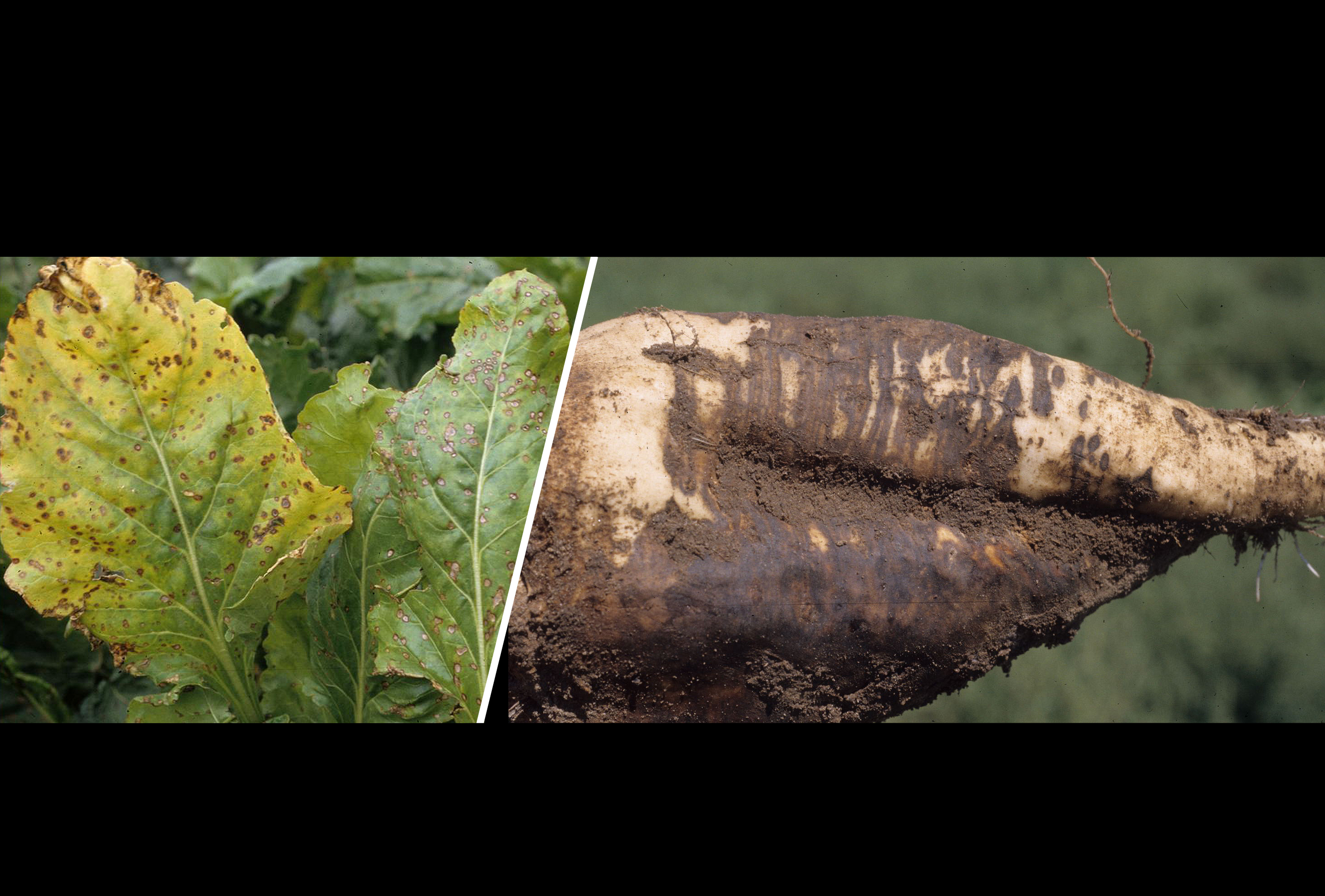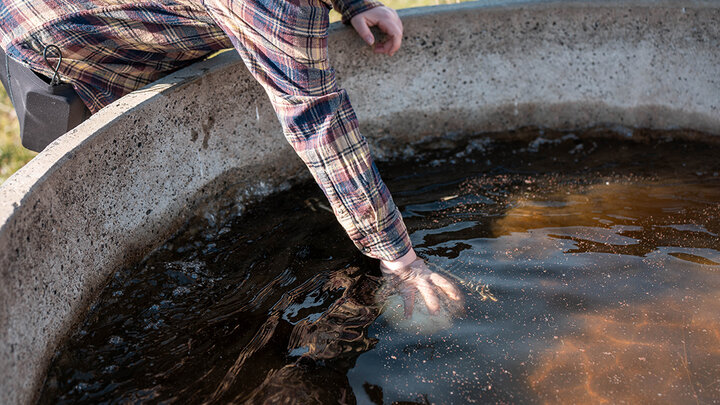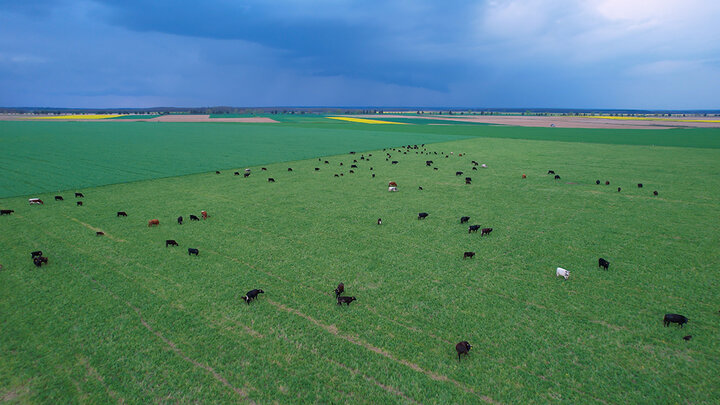By Robert Harveson, Extension Plant Pathologist
Pathogen
Cercospora beticola Sacc. Teleomorph: unknown. Fungal structures: conidia, conidiophores, pseudostromata. Conidia (spores) are needle-shaped (2-3 x 36-107 µm), colorless, and have several cross-walls (septations). Conidial morphology varies greatly with environmental conditions. Genetic variation among isolates commonly exists in field populations, although there is no known sexual state. Host plants include many weed species such as lambsquarters, pigweed, mallow, and bindweed. Economic hosts include tablebeet, sugar beet, Swiss chard, spinach, and most wild Beta species.
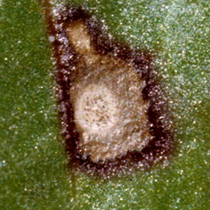
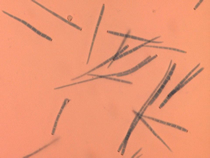
Disease Symptoms
Infection and lesion formation initially occur on older leaves before progressing to newer ones. Lesions at maturity are 1/8 inch in diameter and appear light gray-colored to dark tan with a brown to purple border. Severely affected leaves wither and die from coalescing lesions. A diagnostic feature is the presence of tiny black dots (pseudostromata) that form in leaf substomatal cavities within the grayish-tan lesions. The pseudostromata produce conidiophores borne in clusters that serve as conidia-bearing structures. Pseudostromata are visible with a hand lens, and after exposure of leaves to high humidity, entire lesions appear fuzzy due to the presence of numerous conidia.
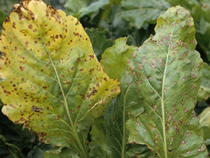
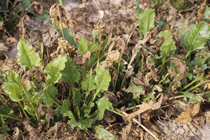
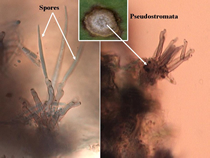
Favorable Environmental Conditions
Pathogen survives mainly in plant debris as desiccation-resistant pseudostromata, but can also survive as conidia in debris or seeds. When moisture is sufficient, new conidia are formed and spread via rain-splash or wind to new leaves or plants. Optimum conditions are 77° to 95° F with night temperatures above 61° F, and a relative humidity of 90-95%. Infection is greatly reduced or nonexistent at temperatures less than 59° F or during periods of leaf wetness less than 11 hours.
Management
Resistant varieties of sugarbeet
Genetic Resistance
Cultivars with good levels of resistance to the pathogen are readily available. Resistant cultivars help to slow the spread of the disease, but supplemental fungicidal sprays may still be needed in many situations.
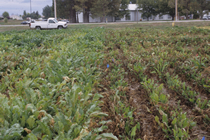
Cultural Practices
Susceptible cultivars should not be planted within 100 yards of the previous year's infected crop. Tillage buries residue and decreases innoculum carryover. Rotation of at least 3 years with non-host crops also reduces carryover of innoculum.
Chemical / Biological Control
Many fungicides are available for managing the disease. However, fungicide resistance management must also be considered and monitored carefully, since C. beticola populations have been identified in several production areas that are newly resistant and/or tolerant to major classes of fungicides (Benzimidazoles and tin-containing products).
Links
For additional information, see the UNL Extension NebGuide, Cercospora Leaf Spot of Sugar Beet (G1753).
